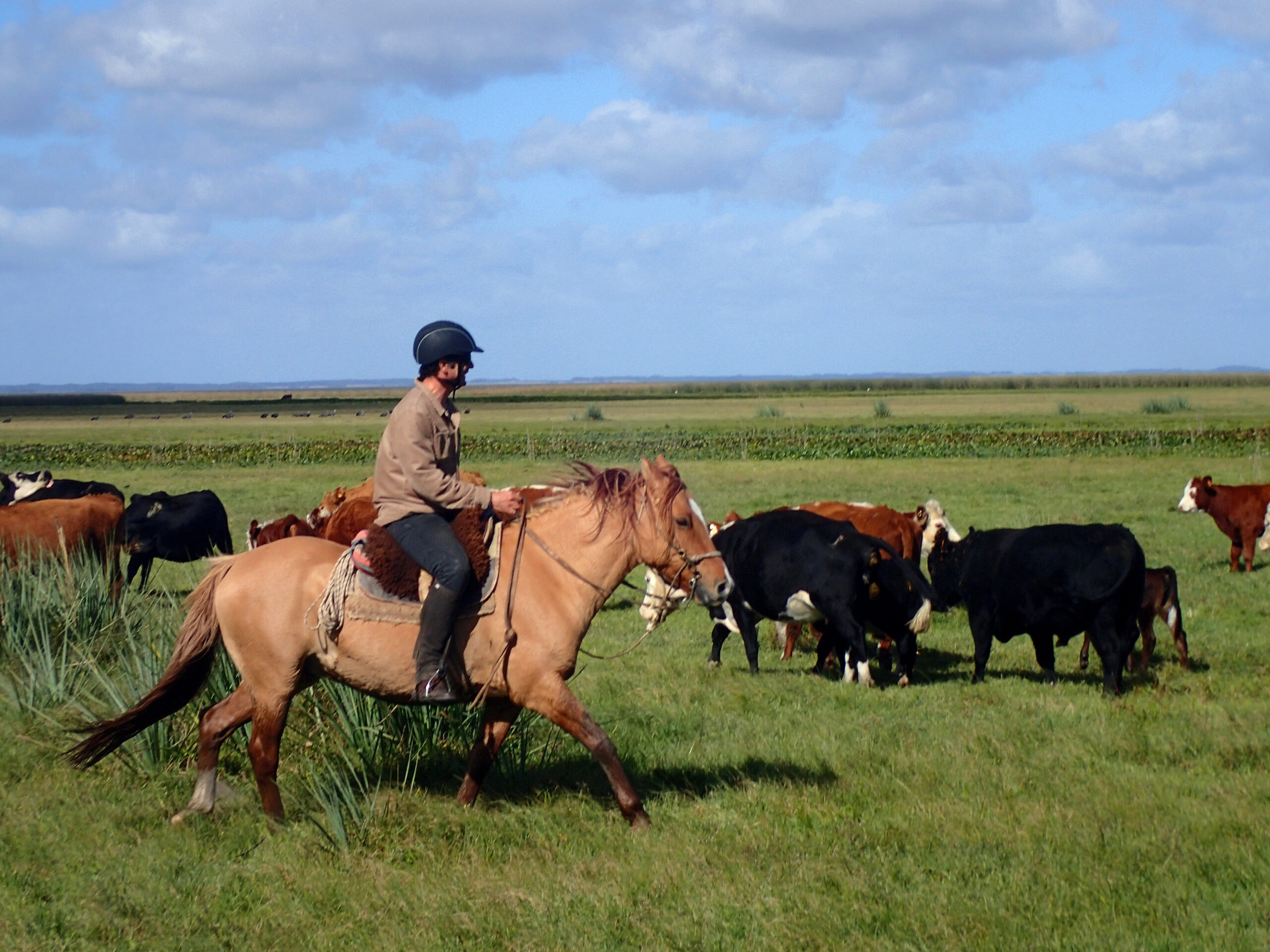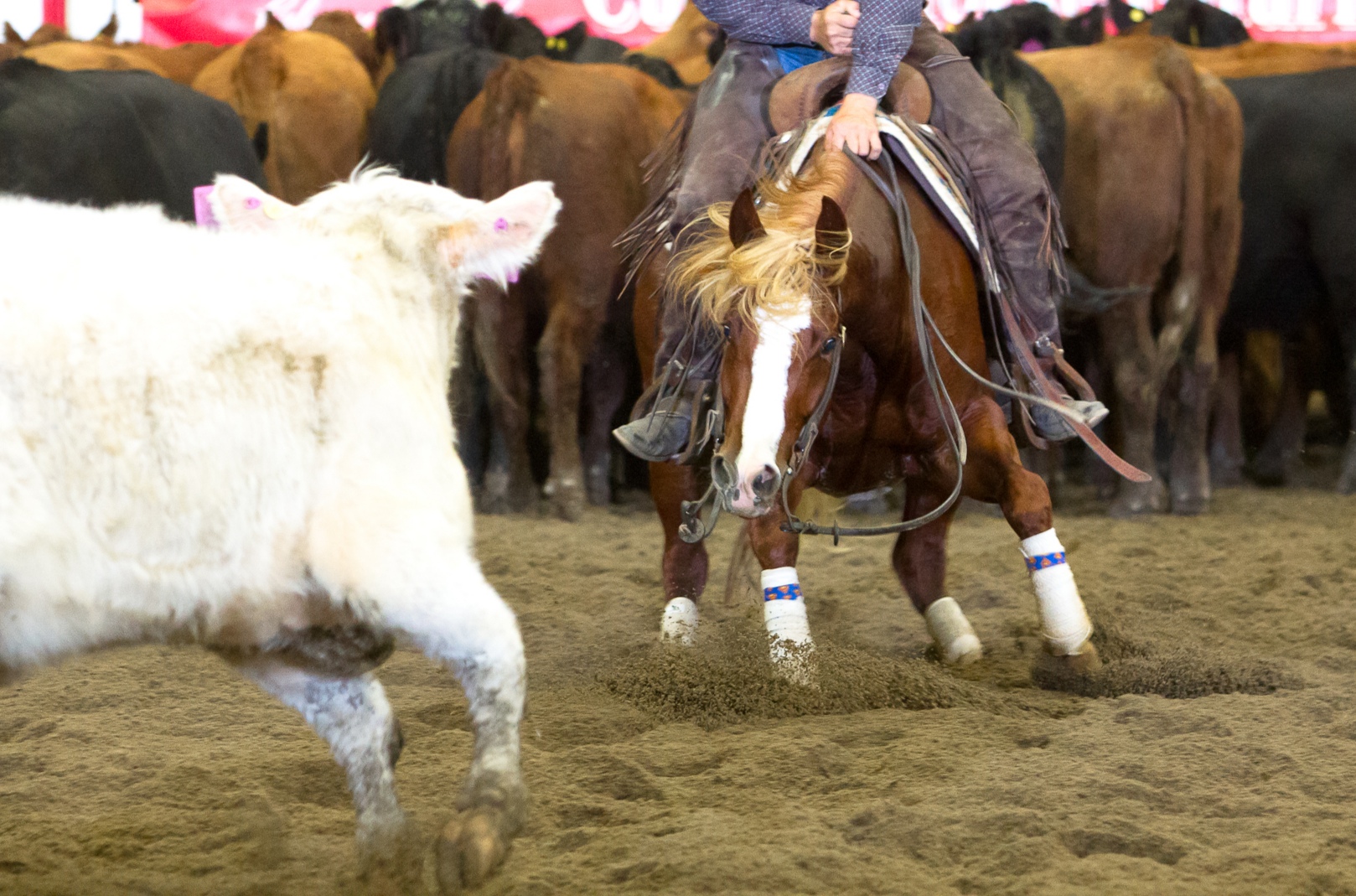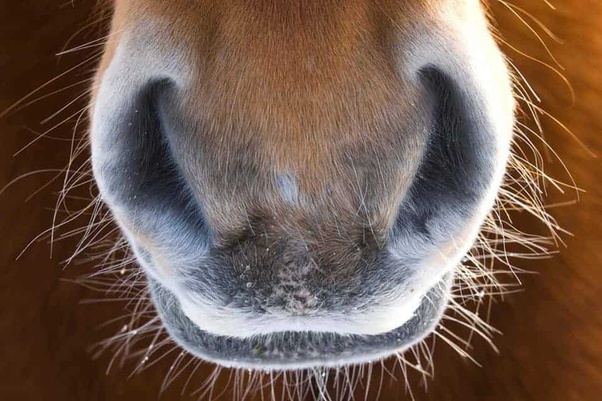Covered or uncovered? This is the question...
WINTER DILEMMA: TO COVER OR NOT TO COVER? THAT IS THE QUESTION…
The horse’s coat: nature, adaptation and management with blankets
Horses are extraordinarily adaptable animals: their physiology is designed to cope with climate change naturally. With the arrival of autumn and the approach of the cold months, it is easy to notice a clear change: the growth of their winter coat, a veritable “natural coat”.
This coat, which is thicker, longer and more waterproof than the summer coat, protects the horse from the elements: wind, rain, snow and cold. Thanks to this natural insulation, the horse is able to maintain a stable body temperature even in harsh weather conditions, minimising heat loss.
Sport horses: between natural needs and daily management
However, for sport horses – which engage in regular activity and live in stalls – this natural hair growth can be a hindrance. For practical and welfare reasons, many of them are clipped to prevent excessive sweating during work, facilitate drying and prevent post-exercise chills.
Ma se si decide di tosare, è fondamentale compensare la perdita di protezione naturale con l’uso corretto delle coperte. E non solo: è importante anche scegliere la coperta giusta, in base alla temperatura esterna, allo stato del cavallo (tosato o meno) e alle condizioni climatiche (vento, pioggia, umidità).
Practical guide to using blankets according to temperature
Here is a rough guide to help you decide whether to use a blanket and, if so, which one, taking into account the temperature and the condition of your horse:
Outdoor temperature | Unsheared horse | Shorn horse |
Beyond 15°C | No blanket | No blankets or only waterproof ones in case of rain/wind |
Between 10°C and 15°C | Waterproof only in the event of rain or wind | Lightweight blanket (100 g) |
Between 4°C and 10°C | No blanket or light blanket | Medium-lightweight blanket (150–250 g) |
Between 0°C and 4°C | No blanket or light blanket (150–250 gr) | Medium-weight blanket (200–300 g) |
Between -10°C and 0°C | Medium-light blanket (150–300 g) | Heavy blanket (300–400 g) or medium duvet |
Below -10°C | Heavy blanket (300–500 g) | Very heavy blanket (300–500 g) |
💡 Please note: these are general guidelines. Every horse has a different sensitivity to cold, influenced by age, breed, health, diet and environment.
Not just a blanket: the importance of daily care
People often tend to think that once a horse is covered, it no longer needs any special attention. Nothing could be further from the truth! Although the blanket helps to keep the horse clean, it is good practice to brush it every day, at least in the uncovered areas (head, legs, under the belly), to stimulate circulation, check for any redness or chafing, and maintain the bond with the animal.
Categories
Recent Posts
All the articles
Text and photos by Sara Giavarini URUGUAY: The wild lands of the CriollosFai clic per applicare questa alternativa Read the whole article …
What is Cow Sense: the natural instinct of the working horse Il cow sense è una delle doti più affascinanti e misteriose che un …
Horse whiskers: why they should never be trimmed The horse whiskers, commonly known as moustaches are thick, stiff hairs that grow mainly on the …



